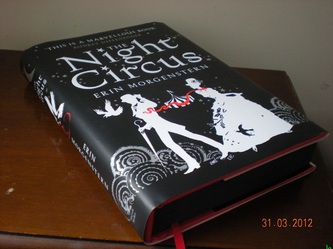In the past, writing was a solitary activity that required a pen, paper, and a quiet space. However, with the rise of social media platforms like Twitter and Instagram, writing has become a more collaborative and interactive process. These platforms have redefined storytelling, allowing writers to connect with their audience in new and exciting ways.
The Power of Twitter
Twitter is a micro-blogging platform that allows users to share their thoughts and ideas in 280 characters or less. While this may seem limiting, it has actually opened up a world of possibilities for writers. Twitter has become a hub for writers to share their work, connect with other writers, and build a following.
One of the most significant ways that Twitter has redefined storytelling is through the use of threads. Threads are a series of tweets that are linked together to tell a longer story. Writers can use threads to share their work in bite-sized pieces, making it more accessible to readers. Threads also allow writers to experiment with different narrative structures, such as non-linear storytelling.
Twitter has also made it easier for writers to connect with their audience. Writers can use hashtags to reach a wider audience and engage with readers. They can also use Twitter to share behind-the-scenes glimpses into their writing process, giving readers a more intimate look at their work.
The Rise of Instagram
Instagram is a visual platform that has become a popular tool for writers. While Instagram is primarily known for its photos and videos, writers have found creative ways to use the platform to share their work.
One of the most significant ways that Instagram has redefined storytelling is through the use of visual storytelling. Writers can use images and videos to enhance their writing, creating a more immersive experience for readers. They can also use Instagram to share quotes from their work, giving readers a taste of their writing style.
Instagram has also made it easier for writers to build a following. Writers can use hashtags to reach a wider audience and engage with readers. They can also use Instagram to collaborate with other writers and artists, creating a community around their work.
The Future of Storytelling
Social media platforms like Twitter and Instagram have redefined storytelling, making it more collaborative and interactive. However, this is just the beginning. As technology continues to evolve, we can expect to see even more innovative ways for writers to share their work and connect with their audience.
One emerging trend is the use of augmented reality (AR) and virtual reality (VR) in storytelling. AR and VR can create immersive experiences for readers, allowing them to step into the world of the story. This technology has the potential to revolutionize the way we tell stories, making them more engaging and interactive than ever before.
In conclusion, social media platforms like Twitter and Instagram have redefined storytelling, allowing writers to connect with their audience in new and exciting ways. As technology continues to evolve, we can expect to see even more innovative ways for writers to share their work and engage with their readers. The future of storytelling is bright, and we can’t wait to see what’s next.










